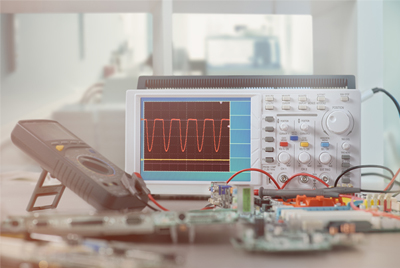2022/03/28
-
Mobile Devices
-
Wearables
-
Board to Board Connectors

Multifunctional Compact Connectors Help Simplify Device Design
Miniaturization Proves to be Key for Health Monitoring Smartwatches
Background
The development department of company H, an electrical devices manufacturer, was investigating designs for smartwatches that could be used to monitor the wearer’s health. There was a clear need to include many features and functions in the device, while also maintaining a long battery life. Since this was a wearable device, having the smallest design possible was also necessary, making the selection of compact components inside the device, such as connectors, a critical part of the development process.
Challenges
Selection of Connectors that Allow Miniaturization of Smartwatches
Smartwatches are becoming increasingly utilized as devices for health monitoring purposes by incorporating PPG blood flow and ECG electrocardiogram sensor modules into a device that can be worn at all times. In order to allow these various features to operate continuously for long periods of time, it is necessary to include the largest possible battery in the device. This means that other components such as connectors must be smaller and thinner while also supporting more power and improving ease of assembly.

The development engineer, in charge of connector selection, said:
“We had to design the inside of the device with a higher density to allow for a larger battery and addition of many features. First, we examined the design with a small connector made by our existing supplier, but we did not find a connector that matched our requirement for mounting space, and we thought we had to review the concept of the new product.

All suppliers had a minimum contact pitch of 0.35 mm for small Board-to-Board connectors. In addition to using smaller and thinner connectors, the other our related departments had their own set of additional requirements.
“Working with a stable and high quality manufacturer who could offer a compact connector that can transmit both power and signals, while also remaining easy to handle during assembly, are all very important aspects to us."
As development of the device progressed, the development engineer was having a difficult time finding internal connectors that satisfied all of his requirements, and became increasingly concerned.
Summary of Challenges